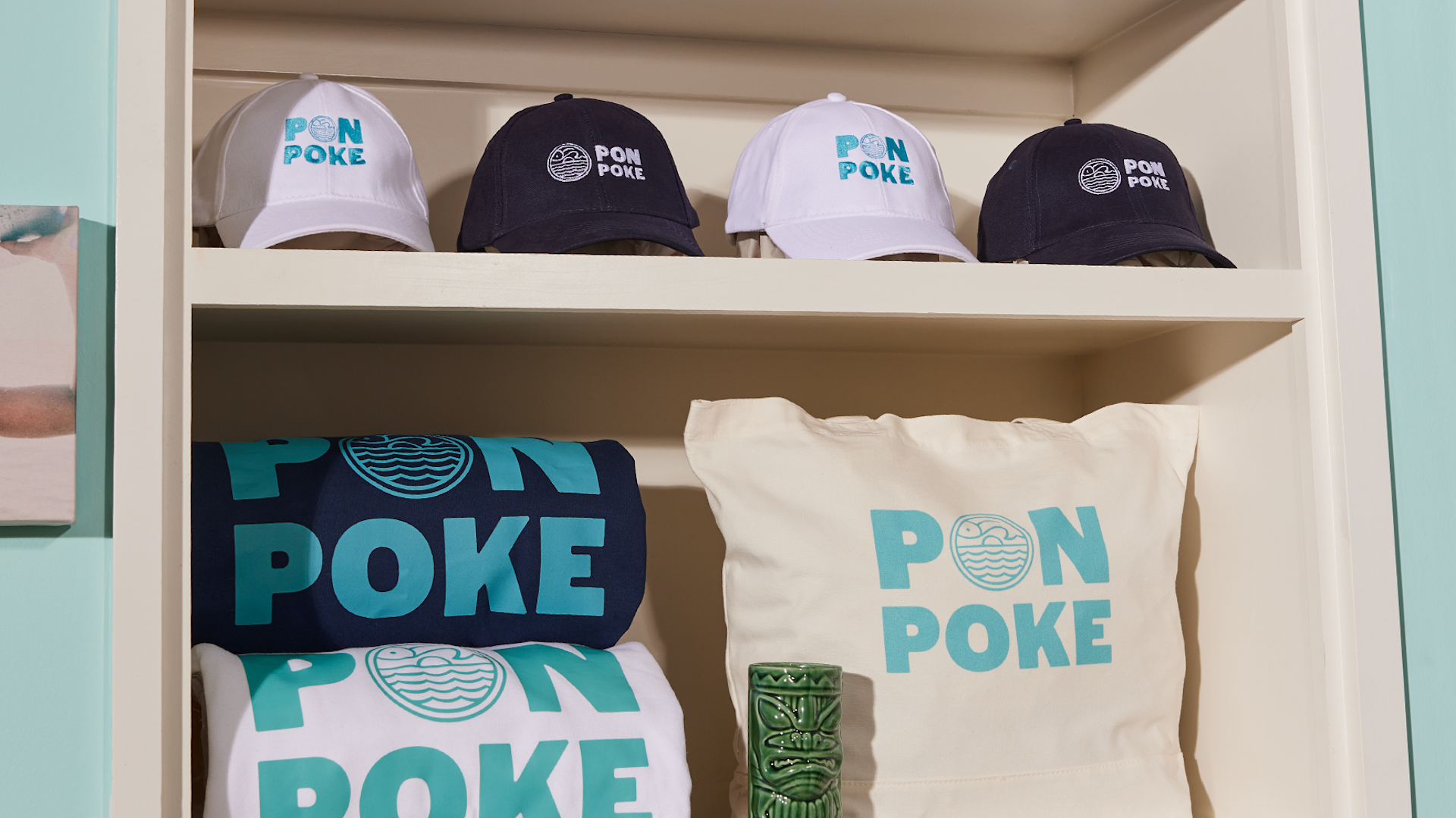The Role of Fabric in Defining Quality in Branded Clothing
The Role of Fabric in Defining Quality in Branded Clothing
Blog Article
The Value of Sustainable Clothing: How It Influences the Atmosphere and Your Wardrobe
Lasting apparel is increasingly recognized for its vital role in reducing the environmental impact of the rapid fashion business. By concentrating on green products and ethical production methods, it deals with pushing environmental problems. This change not only profits the earth however also affects consumer selections, leading to an extra thoughtful method to closet administration. Comprehending these dynamics raises essential concerns about style's future and individual responsibility fit it.
The Ecological Footprint of Rapid Style

Advantages of Lasting Products
Lasting products provide significant advantages, particularly via environment-friendly material options that decrease ecological damage. These products also show toughness and durability, minimizing the need for frequent replacements. Consequently, they add to a much more sustainable apparel industry and advertise liable customer actions.
Eco-Friendly Textile Options
While the apparel industry has long been linked with quick fads and ecological damage, the surge of green material choices provides a transformative possibility. Sustainable materials such as natural cotton, hemp, and Tencel have actually gotten popularity because of their reduced eco-friendly impact. These materials are usually produced without unsafe chemicals and call for much less water, reducing their carbon footprint - Branded Clothing. Furthermore, many environmentally friendly textiles are eco-friendly, adding to a round economic climate by decreasing waste. Choosing sustainable materials not just supports ecologically liable methods but likewise promotes healthier communities. As customers come to be a lot more familiar with their buying power, the need for environmentally friendly materials motivates brand names to introduce and adopt even more lasting production approaches, ultimately benefiting the world and future generations
Durability and Long Life Advantages
Numerous consumers are significantly acknowledging the longevity and durability advantages of lasting products in their clothes options. Unlike traditional fabrics, sustainable products such as organic cotton, hemp, and recycled polyester are crafted to endure damage, leading to garments that last longer. This decreased frequency of replacement not just conserves consumers money in time yet likewise reduces waste produced by fast style. In addition, lasting garments frequently utilizes environmentally friendly production methods that boost fabric stamina, contributing to a decrease in the general carbon impact. By spending in long lasting clothes, customers can grow a more lasting closet while enjoying top notch pieces that keep their aesthetic and performance in time. Resilience and longevity stand as vital advantages of picking sustainable materials.
Decreasing Waste Via Sustainable Practices
Decreasing waste in the fashion market can be attained through cutting-edge techniques such as upcycling and repurposing products. In addition, adopting minimalist closet techniques motivates consumers to prioritize quality over quantity, eventually reducing apparel intake. With each other, these approaches add substantially to a more sustainable clothes design.
Upcycling and Repurposing Materials
Upcycling and repurposing materials have actually become ingenious methods in the apparel industry, transforming thrown out textiles into beneficial new products. This approach not only decreases waste however likewise encourages creative thinking and originality in clothing style. By taking old garments and materials, developers can develop one-of-a-kind pieces that reflect individual style while lowering the demand for brand-new resources. Furthermore, upcycling typically requires less energy and water contrasted to standard production processes, significantly decreasing the environmental footprint of style. As consumers end up being a lot more knowledgeable about sustainability, the popularity of upcycled clothing proceeds to rise, promoting a circular economy. Eventually, these methods add to a much more lasting future, where style prioritizes environmental health over rapid production and usage.

Minimalist Closet Approaches
As individuals increasingly look for to reduce their ecological effect, taking on minimalist wardrobe methods has actually gained grip as an effective method to sustainable style. These approaches stress high quality over quantity, encouraging consumers to curate a smaller sized collection of flexible, long lasting clothes. By focusing on classic pieces that can be mixed and matched, people can minimize the regularity of acquisitions and eventually reduce waste.Additionally, minimalism advertises conscious usage, urging customers to review the honest and ecological implications of their selections. This approach not just fosters an extra sustainable way of life but additionally simplifies everyday decision-making relating to clothing. As individuals embrace minimalist principles, they add to a style culture that values sustainability and accountable consumerism, inevitably resulting in a more eco-conscious culture.
The Role of Honest Labor in Sustainable Fashion
While lots of customers are progressively knowledgeable about the environmental effects of their clothes choices, the relevance of moral labor methods in sustainable fashion can not be neglected. Honest labor includes reasonable incomes, safe working problems, and respect for workers' rights, forming the backbone of accountable style manufacturing. Brand names that prioritize ethical labor not only uplift communities however also established a criterion for liability in the industry.Moreover, the combination of ethical methods promotes transparency, enabling customers to make educated choices about their acquisitions. This method contrasts greatly with fast style's unscrupulous labor models, which often prioritize earnings over individuals. By supporting firms dedicated to ethical labor, consumers contribute to a system that values human self-respect along with ecological sustainability. As a result, moral labor is not merely an add-on; it is necessary to the broader mission of sustainable fashion, making certain that the quest for eco-friendliness does not come with the cost of human civil liberties.
The Effect of Lasting Clothing on Carbon Emissions
Sustainable clothing has the prospective to greatly decrease carbon emissions connected with the fashion business. Typical garment manufacturing adds notably to greenhouse gas discharges, primarily because of energy-intensive production procedures and using non-renewable sources. On the other hand, lasting style concentrates on environment-friendly materials, such as natural cotton or recycled fibers, which often call for much less energy to produce.Moreover, lasting brands tend to adopt a lot more reliable production techniques, decreasing waste and reducing general exhausts. By focusing on durability and ageless design, lasting clothing encourages customers to get much less frequently, more reducing the carbon impact related to overconsumption.Additionally, several sustainable brands are dedicated to transparency in their supply chains, allowing consumers to make informed selections that straighten with their values. Eventually, shifting in the direction of sustainable garments can bring about a substantial reduction in carbon discharges, adding to a much healthier world and a more lasting future for the apparel industry.
Sustaining Neighborhood Economic Climates With Sustainable Choices
The change toward lasting garments not just addresses ecological concerns yet likewise substantially benefits neighborhood economic climates. By choosing lasting style, customers commonly sustain neighborhood artisans and local business, enhancing community strength. These ventures generally operate a smaller range, prioritizing hop over to here workmanship and honest practices over mass production.Investing in locally made lasting garments fosters task creation and boosts financial growth within neighborhoods. As consumers end up being a lot more knowledgeable about the environmental impact of their acquisitions, they increasingly seek products that mirror their values. This demand motivates regional manufacturers to embrace click to read lasting techniques, adding to a round economy.Moreover, supporting local organizations reduces transportation discharges, straightening with eco-conscious consumer habits. The interconnectedness of lasting garments and local economic situations highlights the vital role that specific choices play in advertising both economic and ecological health and wellness. By promoting these neighborhood connections, communities can flourish while also working towards an extra lasting future.
Changing Your Storage Room: Tips for a Sustainable Wardrobe
As individuals look for to lower their environmental influence, transforming a wardrobe into a sustainable closet comes to be an important action. One reliable technique is to review existing apparel, keeping just products that are worn regularly and that straighten with sustainability goals. Prioritizing quality over quantity is important; buying resilient items from environment-friendly brand names can greatly decrease waste.Additionally, including used items can rejuvenate a closet while reducing environmental damage. Organizing clothes swaps with friends or contributing unused products can even more advertise sustainability.When shopping, individuals ought to seek materials that are natural, recycled, or naturally degradable, and prevent rapid style stores - Branded Clothing. Exercising mindful consumption by attentively thinking about each purchase can contribute to a much more lasting way of life. By executing these pointers, one can develop a closet that mirrors individual style while sustaining ecological stewardship
Regularly Asked Questions
Exactly How Can I Determine Lasting Clothes Brands?
To recognize lasting clothes brands, one need to investigate products used, look for accreditations like Fair Trade, and analyze the brand's openness concerning their manufacturing processes, labor techniques, and environmental impact, making sure moral and green methods are focused on.
What Are the Expenses Linked With Lasting Fashion?
The expenses related to sustainable style can differ significantly. Higher production expenditures, ethical sourcing, and environmentally friendly products often lead to enhanced market prices, which may deter some consumers while appealing to eco aware buyers.
Can Sustainable Garments Be Stylish and Fashionable?
Sustainable clothes can undoubtedly be stylish and stylish. Designers progressively focus on ingenious products and moral manufacturing methods, confirming that style and sustainability can coexist. Consumers now have diverse alternatives that blend aesthetics with ecological consciousness.
Just How Does Laundering Clothing Affect Their Sustainability?
Cleaning clothes substantially effects sustainability by consuming water and power, adding to contamination, and creating microplastic release. Constant washing can break down textiles, shortening their life expectancy and enhancing the need for substitutes, eventually exacerbating ecological problems.
What Is the Life Expectancy of Lasting Garments Contrasted to Quick Style?
The lifespan of lasting garments generally goes beyond that of fast style items, often long-term numerous years as a result of top quality materials and workmanship. On the other hand, rapid style garments might weaken promptly, demanding more frequent substitutes. Sustainable clothes is progressively acknowledged for its vital function in decreasing the ecological impact of the fast fashion industry. While many customers are increasingly mindful of the environmental repercussions of their apparel options, the value of ethical more information labor methods in lasting fashion can not be neglected. Branded Clothing. Lasting garments has the prospective to considerably reduce carbon discharges connected with the fashion market. In contrast, sustainable fashion concentrates on environment-friendly materials, such as organic cotton or recycled fibers, which commonly require less energy to produce.Moreover, lasting brands tend to adopt extra efficient manufacturing practices, lessening waste and lowering general emissions. By focusing on resilience and ageless style, sustainable garments encourages customers to buy less frequently, more reducing the carbon footprint linked with overconsumption.Additionally, several lasting brands are devoted to openness in their supply chains, allowing customers to make enlightened options that straighten with their worths
Report this page